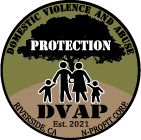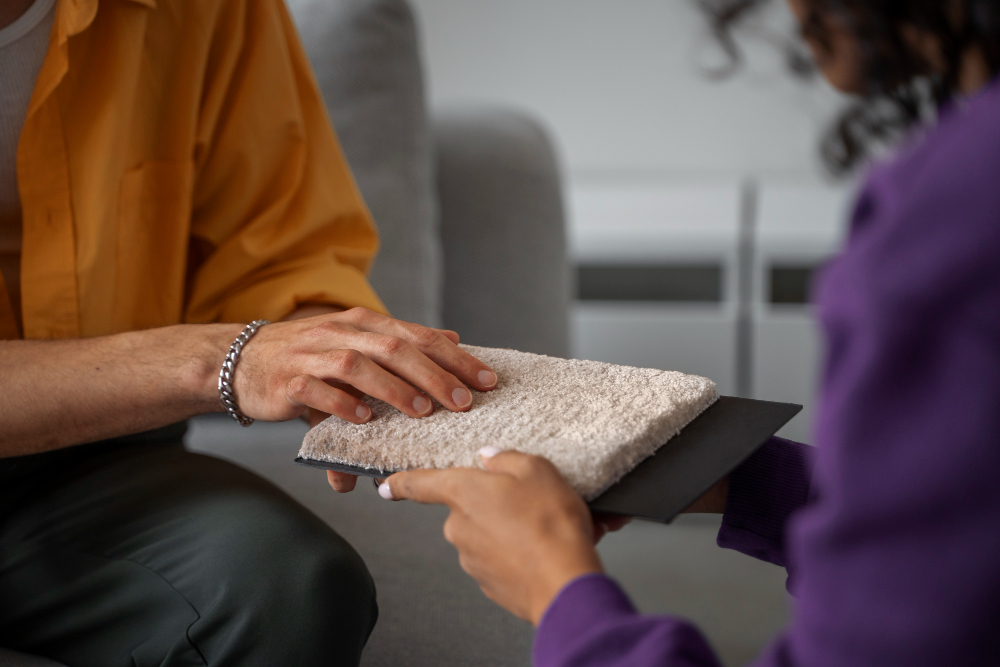Leaving an abusive relationship is one of the most challenging and courageous decisions someone can make. Whether you’re still grappling with the idea of leaving or actively making plans to get out, it’s essential to equip yourself with the right resources, safety measures, and knowledge to ensure a smooth transition.
This blog will guide you through seven vital steps to take before leaving an abusive relationship. While every situation is unique, these practical tips are designed to help prioritize your safety and well-being.
1. Create a Safety Plan
A safety plan is a personalized, practical strategy that helps you stay safe during and after leaving. It’s essential to have this framework in place to address potential risks and scenarios. Here are key components to consider:
- Identify a safe time to leave: Wait for a moment when your abuser is not around or distracted.
- Pack an emergency bag: Include clothes, identification, cash, important documents (e.g., birth certificate, passport), medications, and any other essentials you might need.
- Establish a code word: Share a code word with a trusted friend or family member to signal when you’re in danger.
Expert safety tip: Contact a local domestic violence hotline or advocacy group to create a comprehensive safety plan tailored to your circumstances.
2. Gather and Secure Important Documents
Before you leave, ensure you have access to critical documents. These items will be essential for rebuilding your life and accessing resources. Common documents to gather include:
- ID cards and passports
- Birth certificates (yours and your children’s, if applicable)
- Banking information and account details
- Medical records and insurance paperwork
Scan and store digital copies securely on a password-protected device or cloud storage. It’s also smart to give a trusted friend a set of physical copies.
3. Safeguard Your Finances
Financial control often plays a significant role in abusive relationships. To protect your financial independence, take these steps in advance:
- Open a bank account in your name and keep it confidential.
- Save money whenever possible, even in small amounts.
- Maintain access to your own credit cards and monitor any shared financial accounts to prevent unexpected withdrawals or debt incurred in your name.
If you’re concerned about financial difficulties after leaving, reach out to organizations that provide financial assistance for survivors, such as domestic violence shelters or support funds.
4. Lean on a Support Network
Secrecy and isolation are often tools abusers use to maintain control. Reconnecting with trusted friends, family, or community members can provide emotional and physical support as you prepare to leave. Here’s what to do:
- Confide in someone you trust. Share your plans with a close friend or family member who can support you without judgment.
- Seek professional guidance. Counselors, therapists, and victim advocacy groups can provide emotional support, resources, and planning assistance.
- Utilize online communities. Platforms like support forums or advocacy group websites ensure anonymity while connecting you to others with similar experiences.
Tip: Be mindful when reaching out. If your abuser monitors your calls or messages, use secure channels such as public phones, encrypted apps, or email accounts they don’t have access to.
5. Document Abuse
Maintaining a record of abusive incidents is crucial, especially if there are custody disputes or legal interventions needed later. Document dates, times, and specific events, as well as photographs of injuries, threats (texts, emails), and police reports (if applicable).
Keeping this information safe is key. Use apps designed for survivors, like DocuSAFE, or store your documentation in a secure online location.
6. Know Your Legal Rights
Understanding legal options is a powerful tool in ensuring your safety. Many states offer specific protections for survivors of abuse. These may include:
- Restraining orders or protection-from-abuse orders (PFA).
- Child custody or visitation orders to make safe arrangements for children involved.
- Housing protections that safeguard renters in unsafe environments.
Contact legal aid organizations or attorneys specializing in domestic violence cases for free or low-cost guidance.
7. Plan for After You Leave
Leaving is just the first step. Building a new life post-abuse requires follow-up actions to secure safety and stability. Consider the following:
- Secure your physical location. Avoid giving your address publicly and consider applying for confidential address programs available in your state.
- Change passwords. Update all account passwords, including work emails, bank accounts, and social media. Use secure, unique passwords for maximum protection.
- Stay connected to support services. Group counseling, domestic violence advocates, and therapy can play key roles in your recovery process.
Many organizations such as the National Domestic Violence Hotline offer continued support after leaving, ensuring you’re not alone during your healing and rebuilding process.
Preparing for a Brighter Future
Leaving an abusive relationship is a bold and independent step toward reclaiming control and happiness in your life. By preparing yourself emotionally, physically, and logistically, you can leave with greater confidence and security. Remember, you don’t have to face this alone. Lean on trusted individuals, support services, and legal resources to make the transition safe and successful.
Disclaimer: This blog post provides general information about domestic abuse. It does not provide legal advice. Victims should consult with a legal professional for advice related to their specific situation.
Are You Experiencing Domestic Violence or Abuse? DVAP Is Here To Help
Domestic Violence and Abuse Protection, Inc. is a non-profit organization committed to protecting the victims of domestic abuse. When restraining orders are not enough, we are there to provide the determined protection you deserve. We are located at 3900 Orange St. Riverside, CA. Call us at (951)-275 8301 (24 hours). Alternatively, you can email us at admin@dvapriverside.org






